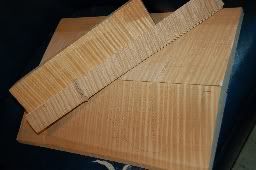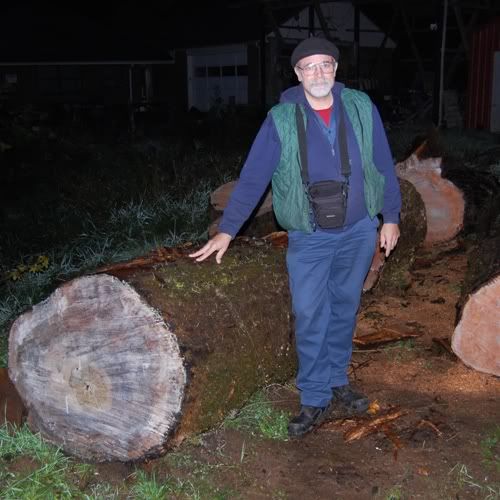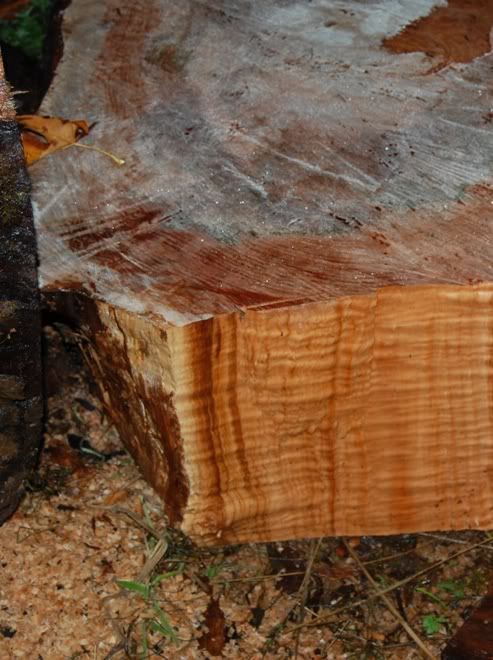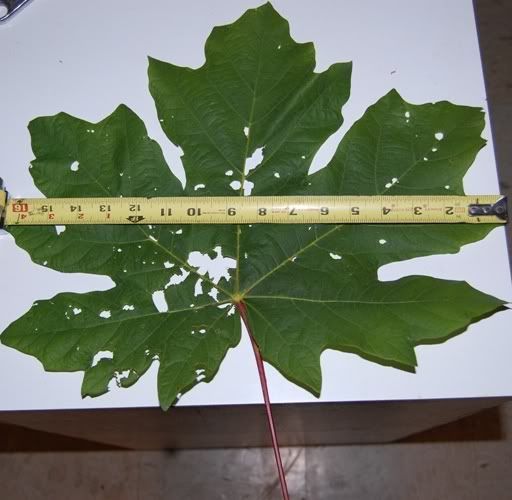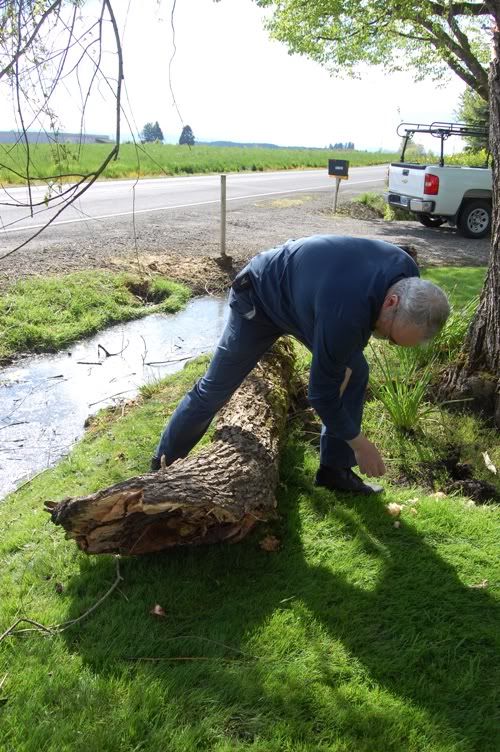Bow Re-hair
Horse-hair only…and rosin
Bowed instruments have an odd dependency on animal fiber…they depend on the force of a tight, well-rosined horse-hair ribbon driving a tight, carefully tuned string. The resulting friction produces a pattern of vibrations in the string, which is transferred to the bridge, and thus to the soundboard of the instrument. The soundboard and the rest of the instrument dissipate the energy by radiating sound.
Some players are not very aggressive with their bow-strokes. The hair on their bows may last for many years without apparent deterioration. Others need new hair every six months, while still others, very aggressive, may only get a few weeks out of a re-hair.
As long as the only service needed is the replacing of the horse-hair ribbon, the job of re-hairing a bow is not too time-consuming. Very experienced bow-repair craftspeople can rehair a bow in 30 minutes or less. I have known people who could do the job in 20 minutes, and watch television at the same time. I am not one of those people. It takes me an hour, if nothing goes wrong, and I don’t watch TV in the first place, let alone while working on someone else’s bow.
Basswood blocks
Usually, I have to replace the tiny basswood blocks (wedges) that hold the hair in the tip and frog mortises. Cutting a tiny block of wood whose six sides are not parallel, but which is trapezoidal in two directions. and a parallelogram in the third, is tricky, especially when it has to precisely fit a cavity in a very expensive piece of exotic wood. (Most violin-family bows are made of Pernambuco, an endangered species from Brazil. A growing number is made from Ipé or Bloodwood…still exotic, but less scarce.) If the wedge is too tight, it could split the bow-head. Too loose, and the hair will pull out. The same problems exist when cutting the wedge for the frog, but it is a little easier in my experience…there are less angles to worry about.
The hair
The hair itself is fractious, tangling easily, untangling with great difficulty. It expands longitudinally when wet, and shrinks as it dries. I buy the hair in bulk: a one-pound hank looks like a whole tail of a horse. I cut just the right amount of hair from the hank, using a gauge to measure the quantity (some people count the hairs), then tie one end of the hair as tightly as possible with a very strong nylon thread. I trim the hair back, close to the knot, then singe the cut ends of the hair, next to the knot, to swell the ends a little, and finally work superglue into the swollen hair-ends and the thread of the knot, to make sure it will not come loose later.
The Procedure
I fit the bow-tip end first, trimming the wedge to a snug (but not really tight) fit laterally, and a quite snug, but not excessively tight fit longitudinally. (Remember: too tight, and you split the bow-tip…that is catastrophe!) I press the wedge into place with a narrow piece of maple that I keep for that specific purpose. Then I comb and re-comb the horse hair until there are neither crossed hairs nor any tangles of any sort. If I find kinked or damaged hairs, I remove them.
I dampen the hair, being careful to not soak the portion near the tip—I do not want any water to get on that wedge, or wick up into it. If the wedge swells and cracks the bow, it is my fault. I comb out the hair again, and match it against the frog mortise, with the frog adjusted as far forward on the stick as it will go. I use a watercolor pencil marker to mark the hair ribbon where I want the frog-end knot, then grip the hair carefully and keep the ribbon from twisting or changing angles as I tie the frog end knot. I then treat it exactly as the tip-end.
Remember to put the ferrule back in place before wedging the hair into the frog! If I forget, then I have to remove the frog wedge, install the ferrule, and re-fit the hair into the mortise. Once all is correct, I install the frog on the bow, and partially tighten the screw, to tension the hair just a little. I re-install the slide and ferrule, then carefully spread the hair into a smooth, flat ribbon, and insert the comb into it from between the stick and the hair. I insert the hair spreader wedge between the frog and hair ribbon, with a tiny dab of hide-glue on the hair side of the wedge, forcing the hair tightly against the ferrule, and jam the wedge in place with the stainless steel comb.
If all went well, that is a finished bow re-hair. If there are stragglers—hairs that didn’t quite attain the same tension as those around them, it is possible to “flame” the ribbon. This is accomplished by re-dampening the hair, tensioning the bow, and very rapidly running the bow back and forth through the flame of an alcohol lamp. The heat of the flame will shrink the looser hairs to match the tighter hairs, and flatten the entire ribbon. Understand: if there are many loose hairs, or the ribbon has been twisted sideways or something, so that it will not properly tighten, then flaming will not make a good re-hair out of a bad job. For this reason, many bow-repair people will not admit to ever flaming the hair. But, done correctly, and under the right circumstances, I think it does no harm.
Rosin
I prefer to rosin the bow as soon as the hair is dry, and try it out on an instrument. Some customers, however, are very particular about which rosin is used, and prefer to rosin it themselves. It is good to ask ahead of time, and avoid misunderstandings.
Different strokes…
Not all hair is the same. Coarser hair is usually used for bass and cello bows than that which is ideal for violins. Different colors (natural, of course, not dyed) tend to have different characteristics, as well. Some players prefer black hair for bass bows. An experienced craftsman knows what hair is best for each job. An experienced player knows when the bow/hair/rosin combination is “just right.”

 Follow
Follow

